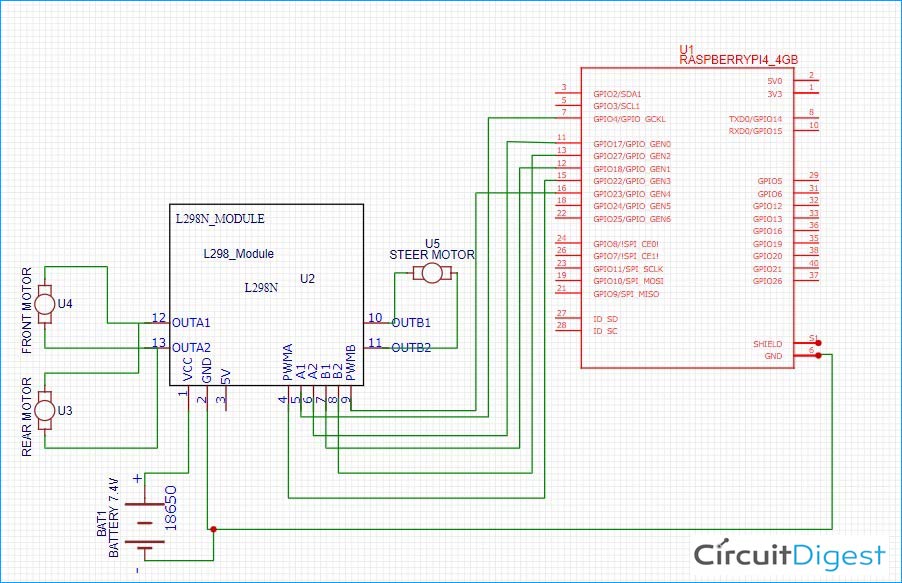Lane detection for Autonomous Vehicle
The autonomous vehicle will have a vision-based system. Computer vision algorithm that detects and tracks the boundaries of drivable regions appearing on input images.
Price : 14000
The autonomous vehicle will have a vision-based system. Computer vision algorithm that detects and tracks the boundaries of drivable regions appearing on input images.
Price : 14000
.svg)
Abstract
Lane detection plays a vital role in making the idea of the autonomous car a reality. Traditional lane detection methods need extensive hand-crafted features and post-processing techniques, which make the models specific feature-oriented, and susceptible to instability for the variations on road scenes. In recent years, Deep Learning (DL) models, especially Convolutional Neural Network (CNN) models have been proposed and utilized to perform pixel-level lane segmentation. However, most of the methods focus on achieving high accuracy while considering structured roads and good weather conditions and do not put emphasis on testing their models on defected roads, especially ones with blurry lane lines, no lane lines, and cracked pavements, which are predominant in the real world.
Moreover, many of these CNN-based models have complex structures and require high-end systems to operate, which makes them quite unsuitable for being implemented in embedded devices. Considering these shortcomings, in this paper, we have introduced a novel CNN model named LLDNet based on an encoder–decoder architecture that is lightweight and has been tested in adverse weather as well as road conditions. A channel attention and spatial attention module are integrated into the designed architecture to refine the feature maps for achieving outstanding results with a lower number of parameters. We have used a hybrid dataset to train our model, which was created by combining two separate datasets, and have compared the model with a few state-of-the-art encoder– decoder architectures.
Introduction
Road accidents have become one of the most common causes of death globally. Reasons such as reckless driving or even poor design and structure of the road have made road accidents more frequent. According to the World Health Organization (WHO), approximately 1.35 million accidental deaths occur annually worldwide. Statistics show that traffic accident fatalities in developing and under-developed countries such as Bangladesh are 10 to 60 times more than in developed countries. For example, the number of reported fatalities due to road accidents was 2376 in Bangladesh . WHO estimated the actual number of fatalities to be as high as 21,316. From an economic standpoint, the cost of road accidents is estimated to be more than USD 4 billion, which is 1.3% of the total national GDP of Bangladesh. Usage of autonomous vehicles instead of manual ones can reduce this rate by a large amount.
The study shows that the hands-on implementation of an autonomous electric vehicle can be researched using a budget of around EUR 17,900 . Thus, autonomous cars can be an important scheme in preventing road accidents. Autonomous cars often combine various modules, including adaptive cruise control (ACC), lane detection, driver awareness monitoring, etc. Among the different modules, lane detection is a vital aspect as it is used to develop lane-keeping assistance systems and lane departure warning systems. Literature shows that computer vision (CV) techniques have gained popularity among researchers for detecting lanes due to the availability of onboard visual sensors. Many methods are available for lane detection, both with and without including DL algorithms. Conventional feature-based methods that were applied in the earlier days of lane detection include different methods and algorithms such as the Canny algorithm and the Hough Transformation method to detect lanes.
